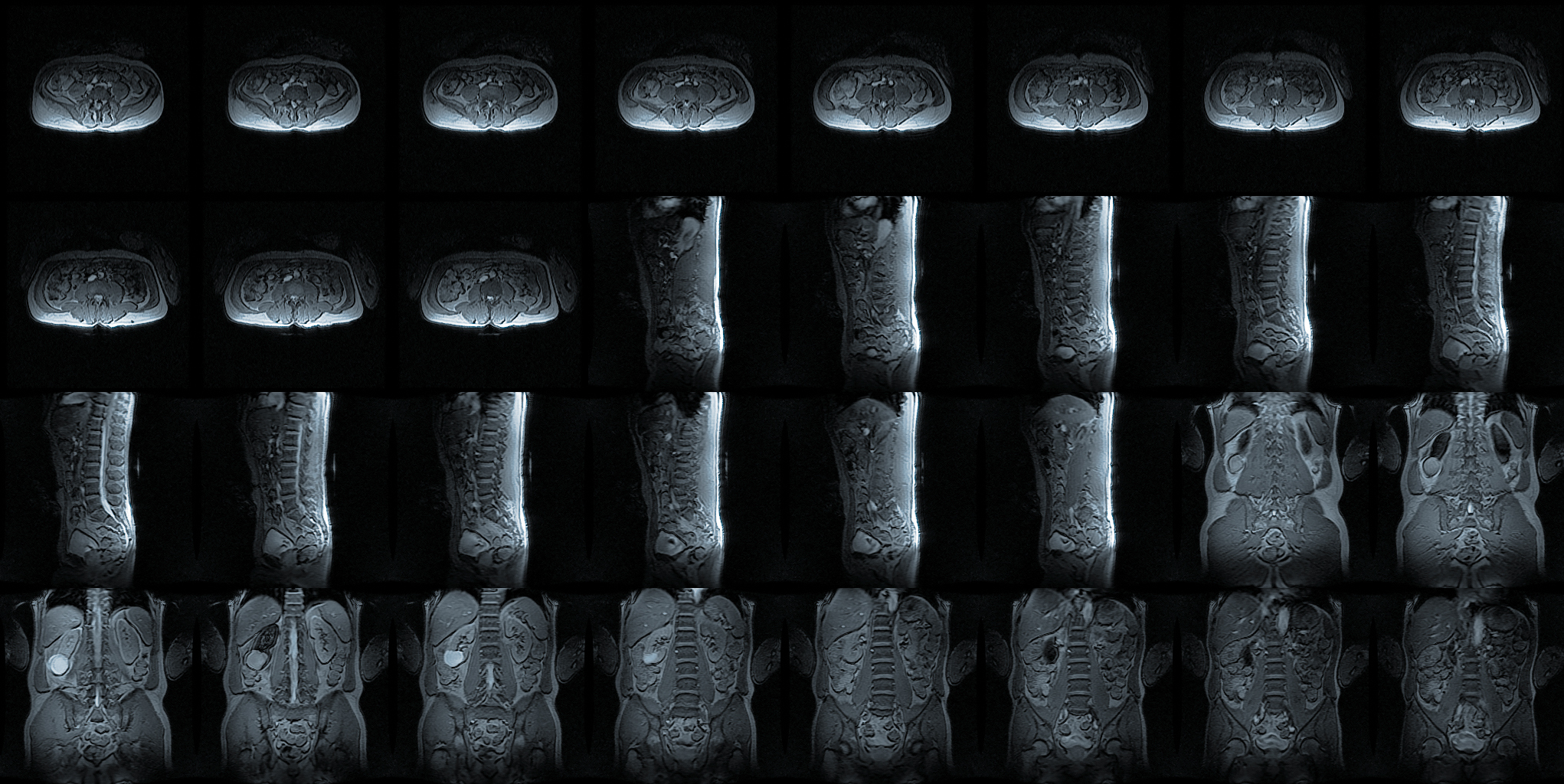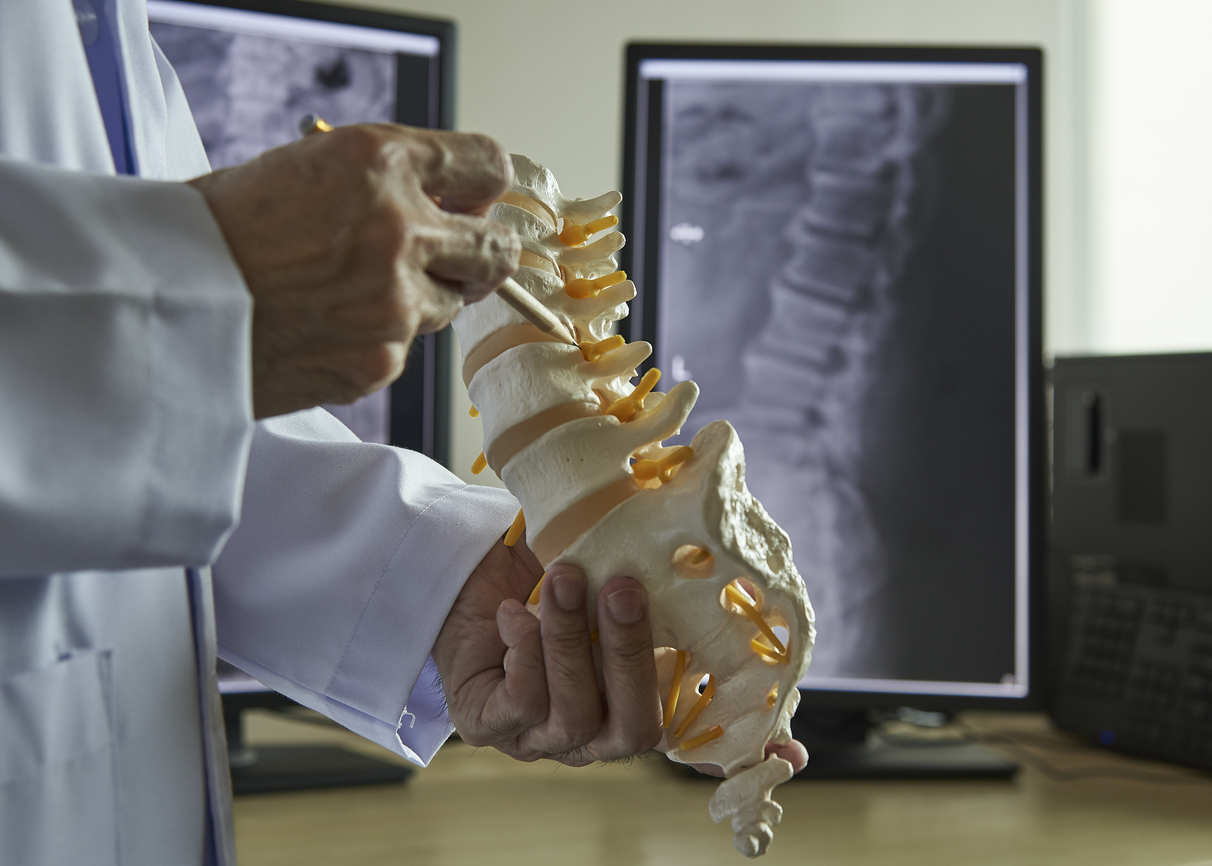Pain
Alternative and Complementary Treatments for Cauda Equina Syndrome

What is cauda equina syndrome?
The cauda equina is a group of approximately 10 nerves and nerve roots located at the bottom of the spinal cord. They communicate with the brain to provide motor and sensory stimulation to the legs, pelvis, bladder, anus and bowels. Cauda equina syndrome (CES) is a rare but serious disorder that occurs when this nerve bundle becomes compressed or inflamed. CES typically results in a medical emergency that requires urgent surgical intervention to prevent the possibility of long-term paralysis, damage to organs in the pelvic region, neurological issues, difficulty walking, and other physical problems.
Alternative and complementary treatments for cauda equina syndrome
Prompt medical attention is needed to relieve nerve pain. Decompression surgery is required within 24 to 48 hours of onset of symptoms to reduce or eliminate pressure on the impacted nerves. Following surgery, leg pain, bladder or bowel dysfunction, low back pain, and other physical or mental difficulties may be present.
The potential long-term effects of CES include, but are not limited to, secondary back pain, depression, anxiety, and other physical or mental issues. A health care professional should be consulted prior to any CES treatments. Common alternative and complementary treatments to reduce stress and increase overall well-being include the following:
- Acupuncture
Acupuncture is a form of ancient Chinese medicine that involves the insertion of very fine needles into specific points on the body. It is thought to correct imbalances in the body and produce chemicals that decrease pain. Since acupuncture has been shown to reduce both pain levels and depression symptoms, it may be an effective treatment choice for those with coexisting chronic pain and depression. - Meditation
Meditation is a form of relaxation and deep rest while awake. It is often described as an altered state of consciousness. When practiced regularly, it relaxes the mind and body, which improves mental health. - Biofeedback
Biofeedback involves using technology to monitor information about involuntary bodily functions, such as pulse rate, respiration, and muscle tension. During therapy, relaxation techniques are practiced to learn to control these involuntary functions. - Herbal treatments
In some cases, herbal treatments can help relieve back pain. Cream containing capsaicin, which is a component of chili peppers, may relieve pain when applied to the back. Taking a supplement containing white willow or devil’s claw may also be beneficial. A medical professional should always be consulted before taking any new supplement.














